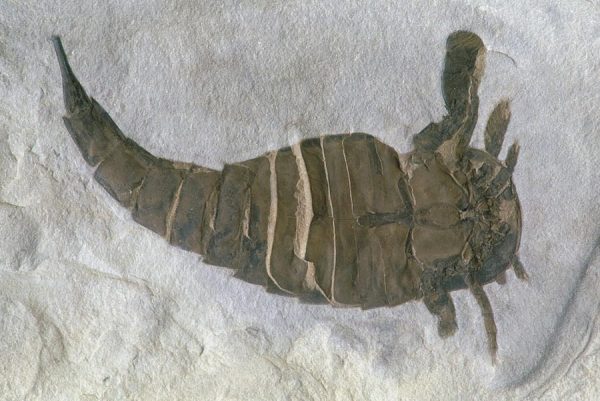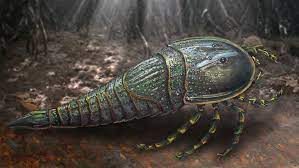In a groundbreaking revelation, researchers from the Queensland Museum have identified a new species of extinct sea scorpion, Woodwardopterus freeman, shedding light on the prehistoric aquatic life in Queensland, Australia. This discovery marks the first-ever fossil evidence of sea scorpions residing in the region.

The sea scorpion fossil was initially unearthed in the 1990s on Nick Freeman’s property near Theodore, Queensland. Upon its discovery, the paleontology team faced challenges in categorizing the specimen, making it a “cold case” in the museum’s collections.
Dr. Andrew Rozefelds, the Queensland Museum’s Principal Curator of Geosciences, took advantage of the COVID-19 closures to revisit this fossil mystery.

Upon reevaluation, Dr. Rozefelds identified the fossil as belonging to the eurypterid group, commonly known as sea scorpions.
Collaborating with Dr. Markus Poschmann in Germany, the researchers accurately dated the specimen to approximately 252 million years ago, placing it just before the end-Permian extinction event.
The eurypterids, including this newly discovered species, vanished from the planet during the mass extinction, making them intriguing subjects for study.

The Woodwardopterus freeman, estimated to be about one meter in length, thrived in the freshwater rivers and lakes of Theodore, representing one of the largest predators in the region during its time.
This finding not only adds a crucial piece to the puzzle of ancient ecosystems in Australia but also contributes to the broader understanding of prehistoric life just before a significant extinction event.
The sea scorpion’s presence in Queensland highlights the diverse array of species that inhabited Earth’s waterways millions of years ago, providing valuable insights into the evolutionary history of aquatic predators.

The meticulous research conducted on this “cold case” fossil underscores the significance of continuous exploration and reevaluation in uncovering the mysteries of our planet’s past.





